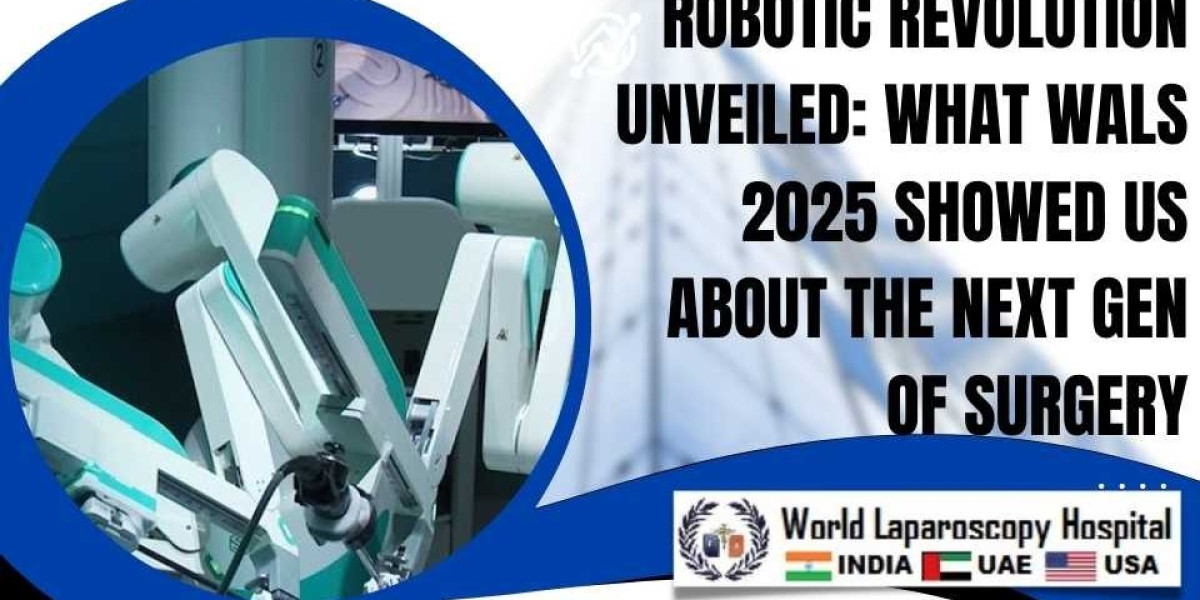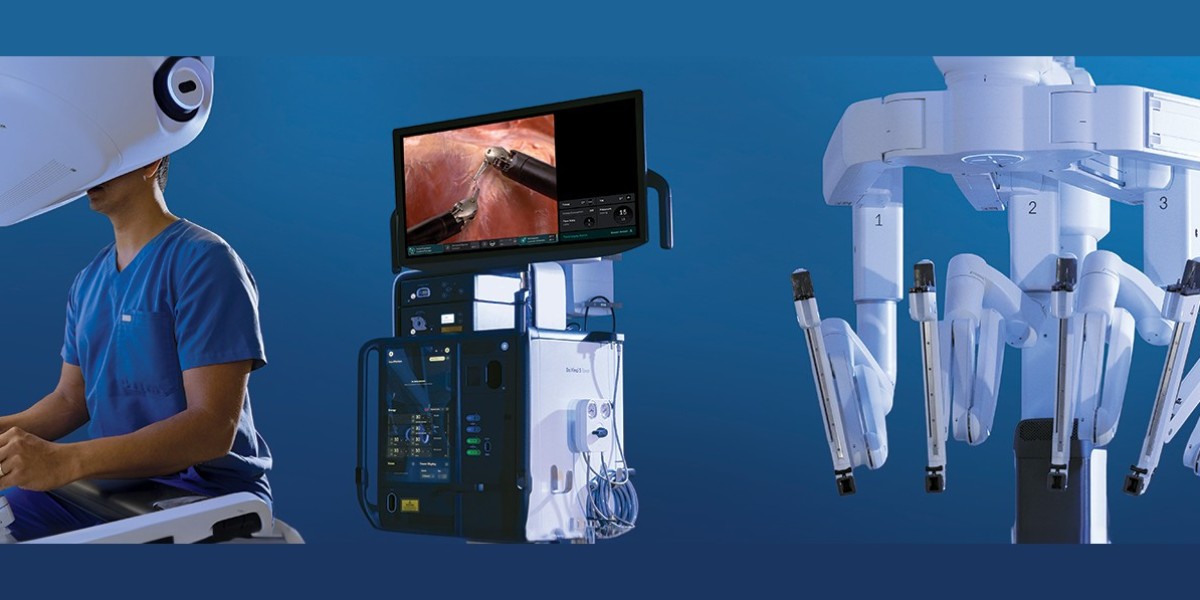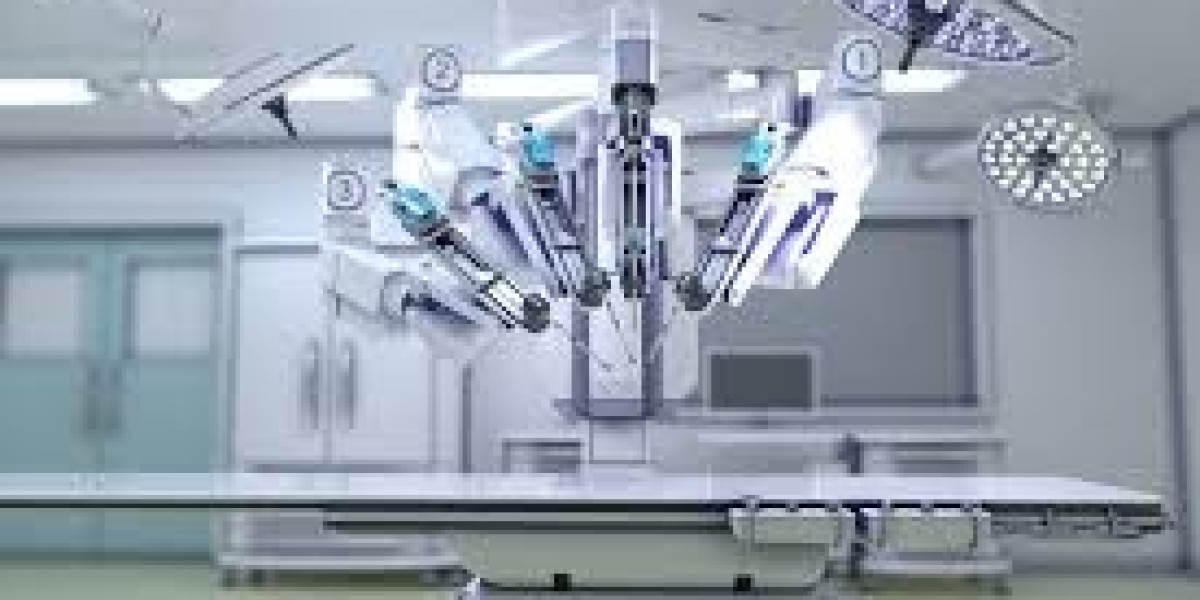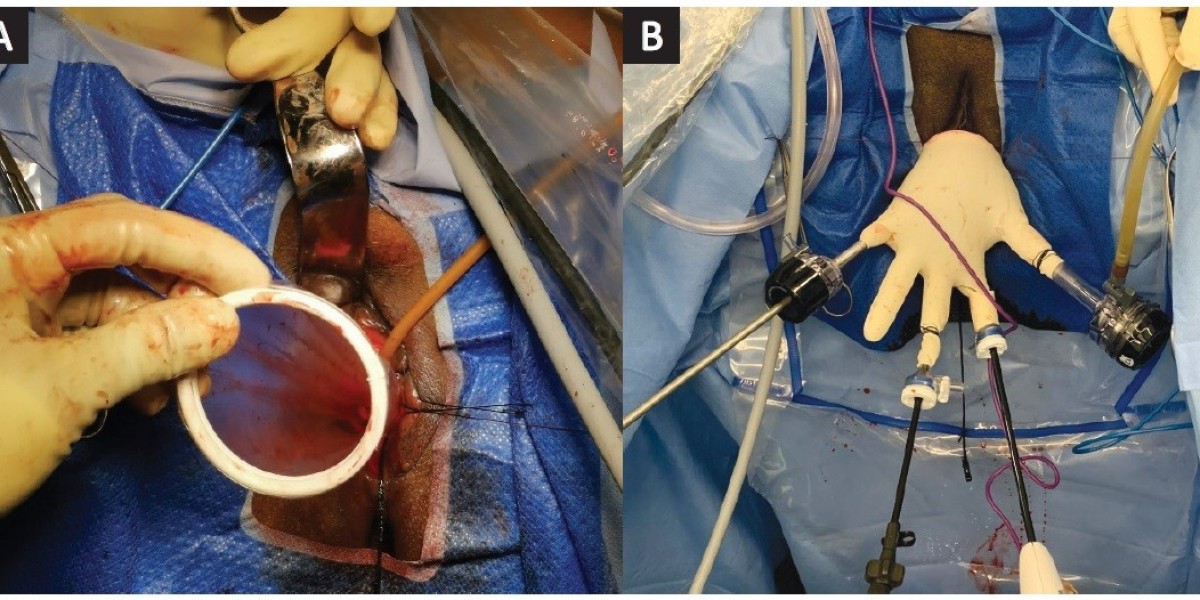Augmented Reality and Robotics: The Next Leap in Surgical Navigation
The field of surgery has always been a proving ground for cutting-edge technology. From the introduction of anesthesia in the 19th century to the rise of minimally invasive laparoscopic procedures in the 20th, each leap forward has aimed to make operations safer, faster, and more precise. Today, two transformative technologies—augmented reality (AR) and robotics—are converging to redefine surgical navigation, promising a future where surgeons wield unprecedented accuracy and patients experience improved outcomes.
What is Surgical Navigation?
Surgical navigation refers to the use of advanced tools to guide surgeons during complex procedures. Think of it as a GPS for the operating room: it helps doctors locate critical structures—like tumors, blood vessels, or nerves—within a patient’s body, often in real time. Traditionally, this has relied on preoperative imaging (like CT or MRI scans) and intraoperative tools such as ultrasound. However, these methods have limitations, including the challenge of translating 2D images into a 3D understanding of a patient’s unique anatomy.
Enter augmented reality and robotics—technologies that enhance human capability by overlaying digital insights onto the physical world and automating precise movements. Together, they’re poised to take surgical navigation to the next level.
Augmented Reality: Seeing Beyond the Surface
Augmented reality overlays digital information—such as 3D models or real-time data—onto the surgeon’s view of the patient. Unlike virtual reality, which immerses users in a fully digital environment, AR enhances the real world with contextual visuals. In surgery, this might mean projecting a 3D map of a patient’s brain directly onto their skull during a craniotomy, highlighting the exact location of a tumor or a critical artery.
AR systems typically rely on headsets (like Microsoft’s HoloLens) or specialized screens that integrate preoperative scans with live visuals. For example, a surgeon performing spinal surgery could see a digital overlay of the vertebrae, ensuring screws are placed with millimeter precision. This reduces guesswork, minimizes damage to healthy tissue, and shortens procedure times.
One standout application is in neurosurgery. Companies like Medivis have developed AR platforms that allow surgeons to “see through” a patient’s head, aligning virtual models with the actual anatomy. Studies suggest this can improve accuracy by up to 90% compared to traditional methods, especially in delicate operations where a single misstep could lead to paralysis or worse.
Robotics: Precision Beyond Human Limits
While AR enhances a surgeon’s perception, robotics amplifies their dexterity. Surgical robots, such as the da Vinci Surgical System, have been in use for decades, enabling minimally invasive procedures with tiny incisions and robotic arms that don’t tremble. These systems translate a surgeon’s hand movements into smaller, more precise actions inside the body, often guided by high-definition cameras.
The next generation of surgical robots goes further, incorporating artificial intelligence (AI) and machine learning to assist with decision-making. For instance, robots can now analyze tissue in real time, distinguishing cancerous cells from healthy ones, or adjust their movements based on subtle shifts in a patient’s breathing. This level of precision is especially valuable in procedures like prostate surgery or cardiac interventions, where margins are razor-thin.
The Synergy: AR Meets Robotics
The true revolution lies in combining AR and robotics into a unified system. Imagine a robotic arm performing a delicate incision while guided by an AR overlay that highlights the optimal path, updated in real time as the patient’s body moves. The surgeon, equipped with an AR headset, supervises and adjusts the procedure, while the robot executes each step with superhuman accuracy.
This synergy is already taking shape. In 2023, researchers at Johns Hopkins University demonstrated a robotic system that used AR to autonomously navigate and repair soft tissue in animal models—something previously thought impossible due to the unpredictable nature of pliable organs. Meanwhile, companies like Intuitive Surgical, the makers of the da Vinci system, are exploring AR integration to give surgeons an enhanced view of the robotic tools’ actions inside the body.
The benefits are clear: faster surgeries, fewer complications, and shorter recovery times. A 2024 study published in The Lancet found that AR-guided robotic procedures reduced operating times by an average of 20% and postoperative infections by 15%, thanks to smaller incisions and more accurate interventions.
Challenges and the Road Ahead
Despite the promise, hurdles remain. AR systems require high-quality imaging and sophisticated software to ensure overlays match reality perfectly—any misalignment could lead to catastrophic errors. Robotics, meanwhile, demands significant investment in hardware and training, limiting adoption in smaller hospitals. Regulatory approval is another bottleneck, as agencies like the FDA scrutinize these technologies to ensure patient safety.
Ethical questions also loom. How much autonomy should robots have in the operating room? Could over-reliance on AR diminish a surgeon’s intuition? And who bears responsibility if a system fails—the surgeon, the manufacturer, or the algorithm?
Still, the trajectory is upward. As of February 22, 2025, clinical trials are expanding, with AR-robotic systems being tested for everything from orthopedic repairs to tumor resections. Costs are dropping as competition heats up, and AI continues to refine both technologies, making them smarter and more intuitive.
The Future of Surgery
Augmented reality and robotics are not just tools—they’re partners in a new era of surgical navigation. Together, they empower surgeons to see more, do more, and heal more effectively than ever before. For patients, this could mean shorter hospital stays, less pain, and a higher chance of success in even the most complex cases.
In the coming decade, we may look back on today’s surgeries as quaintly analog, much like we now view the scalpels and sutures of the past. With AR illuminating the way and robotics lending a steady hand, the operating room of tomorrow is taking shape—and it’s a marvel of human ingenuity meeting technological precision.




